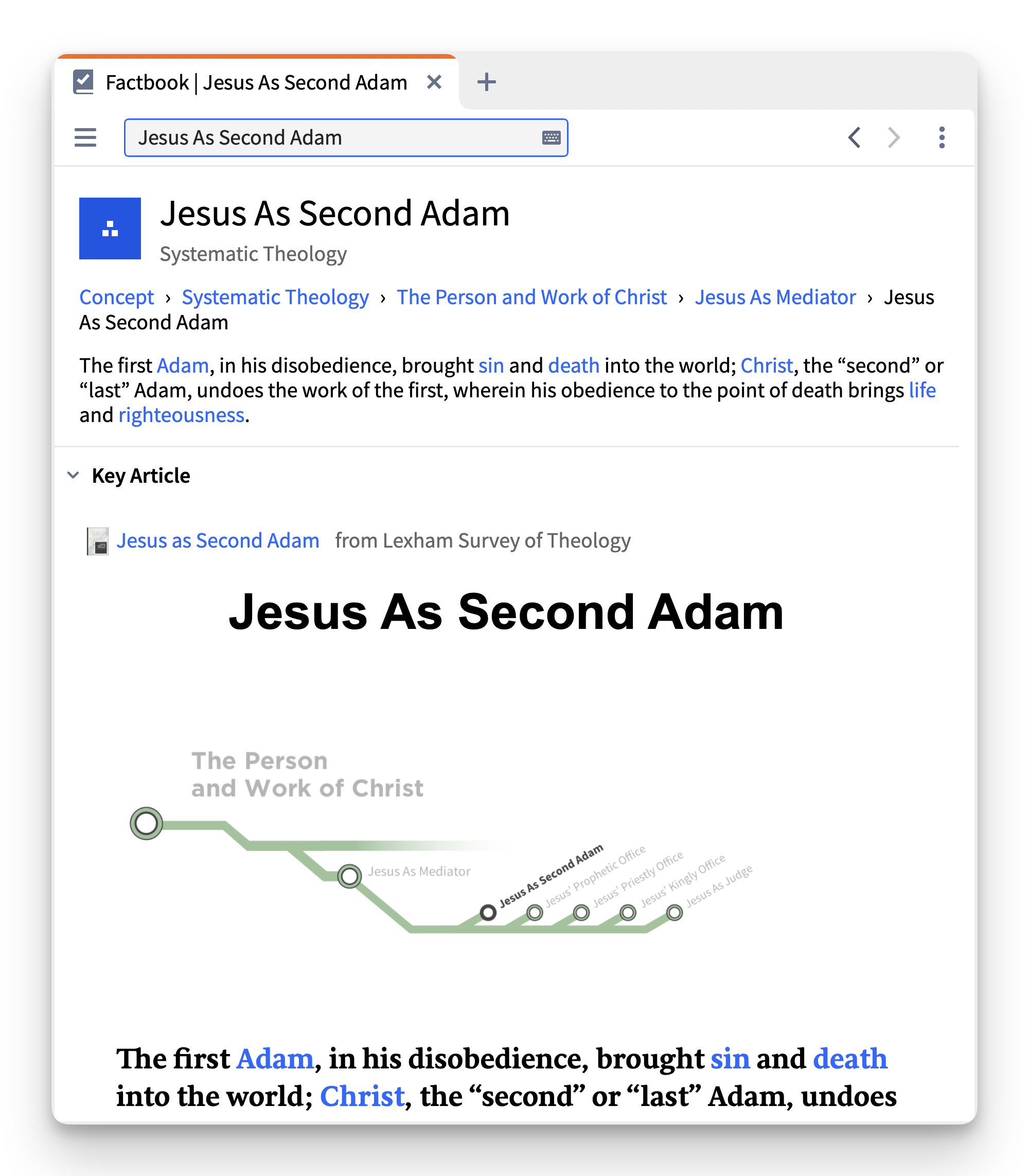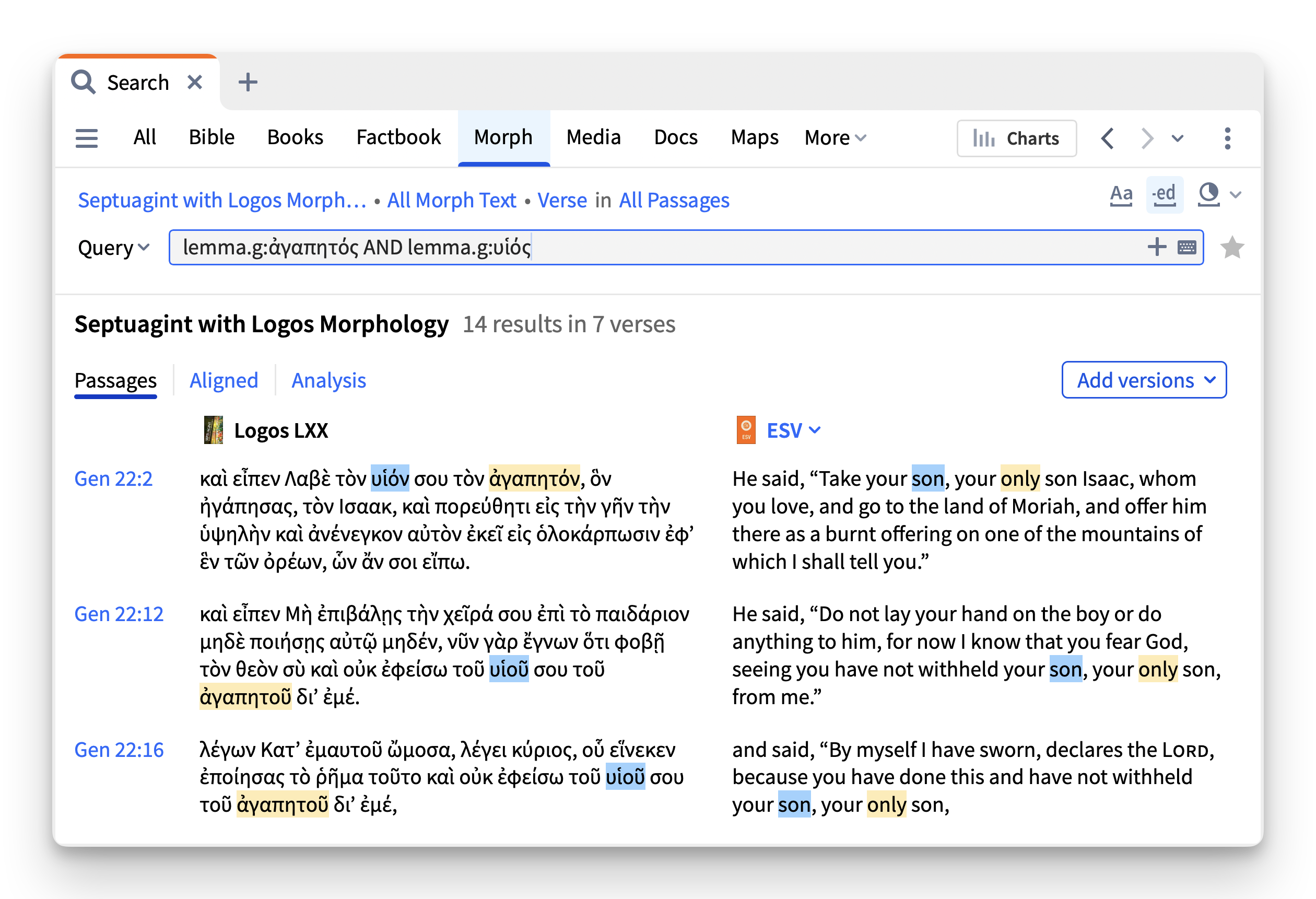I vividly keep in mind the times of my youth residing in Mississippi. On vivid summers days, my associates and I spent a variety of time exterior. We’d evaluate our shadows because the blazing solar hit our backs. We’d run, soar, and flail our arms, watching our shadows observe our exact actions.
As superb as our shadows had been, they weren’t the true factor. We had been. The shadow solely hinted on the actuality of who we had been—in form, measurement, and essence. On this means, our shadows served as a “sort” or illustration that depicted the precise individual.
Biblical typology is very like that childhood recreation of observing our shadows. As Paul explains in Colossians 2:16–17,
Due to this fact let nobody go judgment on you in questions of food and drinks, or with regard to a pageant or a brand new moon or a Sabbath. These are a shadow of the issues to return, however the substance belongs to Christ.
Typology reveals the continuity and depth of God’s redemptive plan between the Previous and New Testaments. In 40 Questions on Typology and Allegory, Mitchell Chase explains,
a biblical sort is an individual, workplace, place, establishment, occasion, or factor in salvation historical past that anticipates, shares correspondences with, escalates towards, and resolves in its antitype.
The connectedness between the Previous and New Testaments helps our understanding of how earlier figures and tales within the Bible will not be solely historic accounts but additionally foretastes of the salvation that Jesus Christ, the Messiah, in the end brings. This method deepens our data of the Bible and serves as a pathway towards viewing Scripture rightly as one unified narrative of redemption for God’s individuals.
On this article, we discover how particular Previous Testomony figures and occasions—like Adam and Eve, Noah and the flood, and Abraham—function typological foretastes of the Messiah and his salvific work. Like a recreation of observing shadows, inspecting the occasions and the lives of those that foreshadowed the Messiah helps us higher gaze upon the precise individual and work of Christ.
Adam and Eve, Christ and the church
In Genesis we come to know the primary man and lady to be Adam and Eve. Not solely do the pair mark the start of humanity’s existence, however they supply varieties of what Christ accomplishes.
First, in Romans 5:14, Paul speaks of Adam as one “who was a sort of the one who was to return.” Adam represents humanity. As such, he features as a sort of “the one who was to return,” pointing to the Messiah, Jesus Christ, the redeemer of all humanity. Whereas Adam is the primary within the existence of humanity, Jesus is the end result within the redemption of humanity. Adam’s failure marks the start of sin’s reign over humanity, however Christ’s excellent obedience and loss of life on the cross marks the top of sin’s dominion over humanity (Rom 5:15–19; cf. 1 Cor 15:21–22, 45–49). The primary Adam types a shadow of the final Adam. Each component of failure within the first Adam is overshadowed by the triumphs of the ultimate and higher Adam, Jesus Christ.


Launch your individual research of Jesus’s position because the second Adam utilizing Logos’s Factbook device. Get it free, in the event you don’t have already got it.
Second, in Genesis 2:21–23, God creates Eve from the rib of Adam. Particularly, Eve is created to be a “helper” for him (Gen 2:20). God calls Eve to return alongside Adam in his mission of ruling and subduing the land and animals (Gen 1:26–28). Adam and Eve’s union serves as a typological foretaste of the connection between Christ and the church (Eph 5:31–32).
In 2 Corinthians 11:2, Paul speaks of the church as being “betrothed” to Christ. Eve was the primary bride; the church is the eschatological bride (Rev 21:1–3). As Eve is made alive by way of Adam’s physique (Gen 2:21–23), so is the church known as to new life by way of Christ’s sacrifice by dying on the cross (Eph 5:25–30). As Eve was given to enhance Adam and are available alongside him in fulfilling the needs of God (Gen 1:26–28), so is the church given to Christ, the final Adam, to take part his functions by finishing up his mission on earth (Matt 28:18–20).
Noah and the flood, Christ and baptism
We’re launched to Noah in Genesis 5:29–29. Like Adam, Noah can also be seen as a sort of Christ (Gen 9:1–7). Noah stood as a righteous determine throughout a time when corruption and wickedness amongst humanity had been widespread (Gen 6:9–11). Noah was chosen by God to protect humanity and the animals; so too Christ was chosen to be a sacrifice and convey salvation to those that imagine upon him (1 Pet 1:18–21). Noah’s obedience to God in constructing the ark foreshadowed Jesus Christ’s obedience to God the Father in each life and loss of life (Phil 2:8).
The flood can also be a typological occasion representing baptism (1 Pet 3:21). The flood washed away every little thing that was exterior of the ark (Gen 7:21–23). Noah, his household, and the animals chosen to be on the ark mark the start of a brand new life for humanity (Gen 8:1). The flood symbolizes baptism as a result of, simply as baptism represents a passing by way of judgment and the start of life free from the bondage of sin (Rom 6:1–11), so too the flood was a judgment that led to a brand new starting for humanity.
Abraham and the covenant, Christ and the brand new covenant
Believers know Abraham as the daddy of religion, whose perception in God’s promise is credited to him as righteousness (Gen 15:6). Abraham’s life prefigures the Messiah in a number of insightful methods.
First, in Genesis 12:1 God invitations Abraham to belief him by calling him to depart his native place and journey to an unknown land. In return, God guarantees Abraham that he’ll “make of you an important nation, and I’ll bless you and make your identify nice, in order that you may be a blessing” (Gen 12:2). Abraham’s obedience in trusting God and following his command mirrors the obedience of Christ. God the Father calls his Son, Jesus Christ, to obediently observe his will, and Christ does so even to the purpose of dying on the cross (Phil 2:8). In Matthew 20:28, Jesus says, “even because the Son of Man got here to not be served however to serve, and to offer his life as a ransom for a lot of.”
Moreover, Abraham’s position as a father additionally foreshadows God because the Father of Jesus Christ. In Genesis 22, God exams Abraham’s religion by directing him to supply his son, Isaac, as a sacrifice. Whereas Isaac was not Abraham’s solely son, he was the promised son by way of whom God had declared to bless Abraham and make him an important nation (Gen 17:19–21). Abraham’s willingness to sacrifice his son, Isaac, is a foretaste of God the Father’s willingness to supply up his personal son, Jesus Christ. In each situations, Isaac and Jesus, are described as “beloved sons” and are to be supplied up as sacrifices in line with the desire of God. At simply the proper second, God spares Isaac and gives a substitutionary sacrifice of a ram within the bush (Gen 22:11–13). This substitution within the account of Isaac foreshadows the substitutionary atonement that believers acquired by way of Christ Jesus (1 Pet 3:18).


Use the Search device in Logos to lookup this mix of phrases throughout the Bible. Get the Logos app free, in the event you don’t have already got it.
Lastly, Abraham’s life helps us perceive the character of the covenants God makes together with his individuals. In Genesis 15, we’re offered with God’s covenant with Abraham. Below this covenant, God guarantees that Abraham and Sarah may have many descendants who will inherit the land of Canaan. These covenant guarantees foreshadow the brand new covenant that’s realized and perfected by way of Christ. God’s guarantees to Abraham are in the end fulfilled in Christ, as underscored by Paul in Galatians,
Know then that it’s these of religion who’re the sons of Abraham. And the Scripture, foreseeing that God would justify the Gentiles by religion, preached the gospel beforehand to Abraham, saying, “In you shall all of the nations be blessed.” So then, those that are of religion are blessed together with Abraham, the person of religion. (Gal 3:7–9)
The promise that Abraham can be a blessing to all nations (Gen 12:2–3) is in the end fulfilled by way of the Jesus Christ, Abraham’s true seed, who opens the way in which for all individuals to hitch the household of God (Gal 3:14, 27–29; 4:28).
The worth of biblical typology
Like observing our shadows, we will take pleasure in and respect the depths of Scripture by exploring typology. Whereas some may be inclined to consider typology as a mere educational curiosity, God gave us biblical varieties in an effort to deepen our understanding of him and his plan of salvation. By way of the varieties of Adam and Eve, Noah and the flood, and Abraham and the covenant, we meet not solely historic figures however actual individuals and occasions that performed pivotal roles in finishing up God’s redemptive mission.
One of many biggest profit to finding out biblical typologies is the power to see the Bible as one unified story. Sorts present readability for understanding Scripture’s overarching narrative. This deeper perception into the Bible enriches our development within the grace and within the data of Christ (2 Pet 3:18) by permitting us to extra absolutely behold his majesty (2 Cor 3:18).
Proceed your research of typology within the Previous Testomony with these urged sources


